Early in January I received the good news that my application to the Fusion Investment Fund SMN strand was successful. What a great way to start the New Year!
The main aim of my FIF SMN project is to consolidate newly developed partnerships with European and non-European researchers and stakeholders. Planned activities include visits to colleagues who were involved in the development of the research proposal “Living with Extreme Events at the Coast” (LEEC), submitted to the EU FP7 call on Environment (Challenge 6.4 Protecting citizens from environmental hazards). LEEC successfully passed stage 1 and we are now waiting for the outcome of stage 2, so keep your fingers crossed.
As my FIF SMN proposal builds from LEEC, I decided to call it “Living with Extreme Events at the Coast Grant Development” (LEEC GraDe). Not very creative, but it reflects well the main objective, which is to explore opportunities for collaborative research in topics related to LEEC. LEEC aims to better understand how extreme storms and climate change in coastal areas will affect flood risk and impact on society, infrastructure, economic activities and the natural environment throughout the 21th century.
Besides, the development of collaborative research proposals, I will also be exploring opportunities for enhancing students’ experience, e.g. through work placements. By the time I submitted the FIF SMN proposal, I had just taken the role of ApSci’s Academic Lead for Placements. In this role, one of my objectives is to increase the offer of research-based placements to our students. So I thought my networking visits would be a great opportunity to discuss with colleagues from organisations in Europe and abroad whether they are interested in offering to our students a research-based working experience. Many researchers systematically plan their fieldwork campaigns or dedicate larger proportion of their time to research in the summer, so a work placement can be mutually beneficial.
I so much believe in the benefits of this arrangement that I am offering two placements this summer to undergrad ApSci students. If you are interested in doing the same, please contact me.
LEEC partners are from 13 organisations spread across eight countries (Estonia, Spain, France, Belgium, Denmark, UK, Mexico and Vietnam). The FIF SMN award will allow me to visit some of these organisations and engage in other networking opportunities. I will be very busy networking throughout 2013! Hopefully the effort will result in the submission of more collaborative research proposals and a number of arrangements made to enrich students’ experiences through placements or exchanges.
The first of my planned activities was to attend the 12th International Coastal Symposium (ICS) in Plymouth (http://ics2013.org/) earlier this month. This is the largest international conference focused on coastal research with over 500 participants, so a great venue to disseminate research results, to keep updated with research progress worldwide and to network! I was invited to be the convener of the Coastal Evolution and Geomorphology session, so worked very hard evaluating abstracts and full papers before the conference! I also presented a paper on the Coastal Management session, entitled “Is managed realignment a sustainable long-term coastal management approach?” You can find a copy of the paper on BRIAN.
ICS offered the opportunity to meet many ‘old’ friends and make new contacts worldwide, including from countries I had none before, such as Trinidad & Tobago and South Africa. I have already exchanged email with a few of the new (and old) contacts and there are very exciting prospects for future collaboration. I have discussed the preparation of a joint paper with a colleague from the University of Rostock (Germany), explored ways to collaborate with practitioners from a government agency in Trinidad & Tobago and I am already working on a proposal with colleagues from South Africa. The most immediate result from networking during ICS was the invitation to visit five different organisations in Mexico, which is planned to happen in June.
Networking is also about maximising the opportunities and I will be doing exactly that next month in Brazil. I was invited to give a keynote talk in the National Symposium of Coastal Vulnerability. As the hosts are taking me to Brazil, I will extend my stay and visit two universities using SMN funds. The plan is to start building a joint research proposal to submit to the Science without borders programme (funding source from Brazil) with the Universidade Federal de Pernambuco and discuss exchange of postgraduate students and other opportunities with the Universidade do Vale do Itai.
Please watch this space for upcoming news!
Luciana Slomp Esteves (Lecturer in Physical Geography, ApSci)
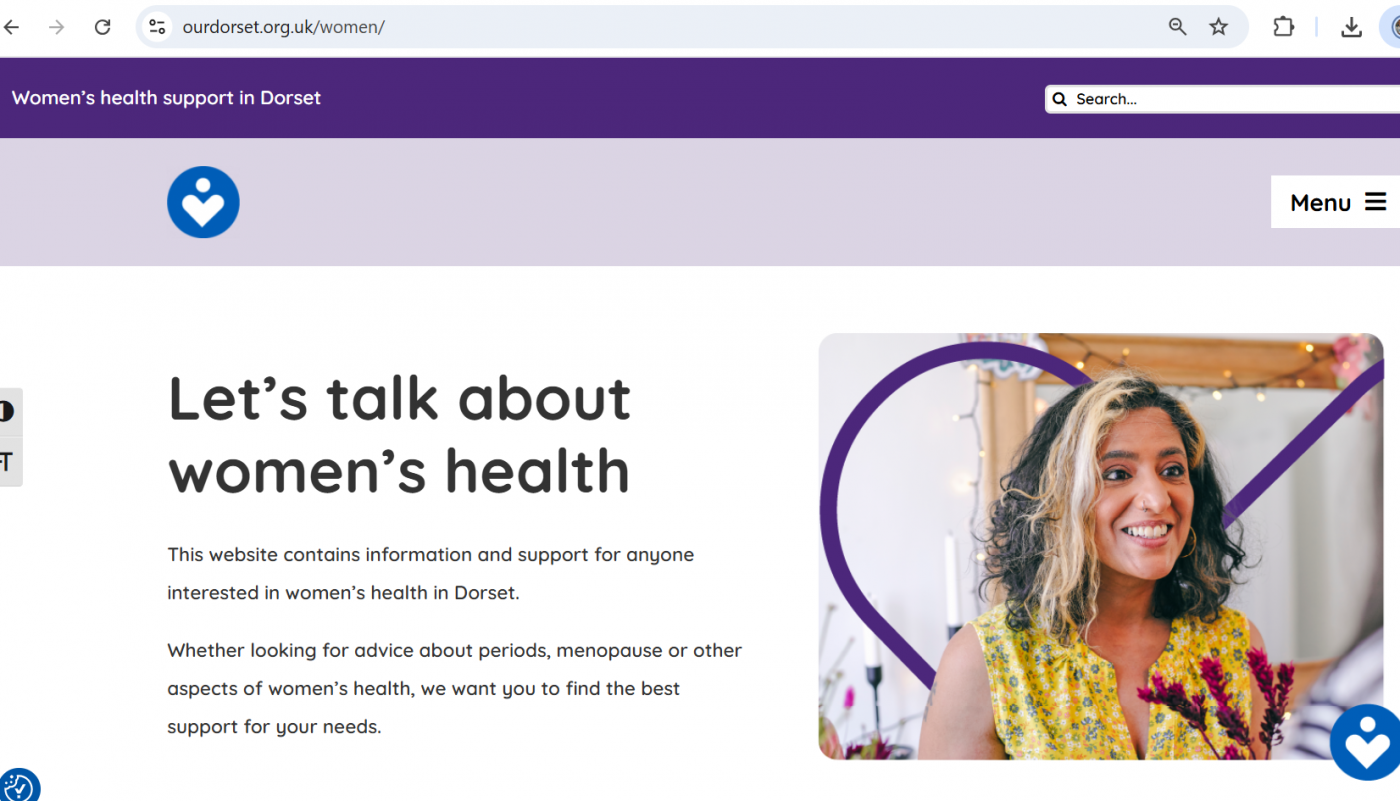 Women’s Health is now firmly on the Dorset map [i.e. online]. The new website, produced by Dorset Women CIC in conjunction with the NHS in Dorset, Bournemouth University, clinicians and the public, raises awareness of local community services. The website also provides resources to empower people with an interest in women’s health to make informed decisions about women’s mental and physical well-being. This is expected to improve access and quality of care – a priority identified by women – and ease pressures on the NHS.
Women’s Health is now firmly on the Dorset map [i.e. online]. The new website, produced by Dorset Women CIC in conjunction with the NHS in Dorset, Bournemouth University, clinicians and the public, raises awareness of local community services. The website also provides resources to empower people with an interest in women’s health to make informed decisions about women’s mental and physical well-being. This is expected to improve access and quality of care – a priority identified by women – and ease pressures on the NHS.
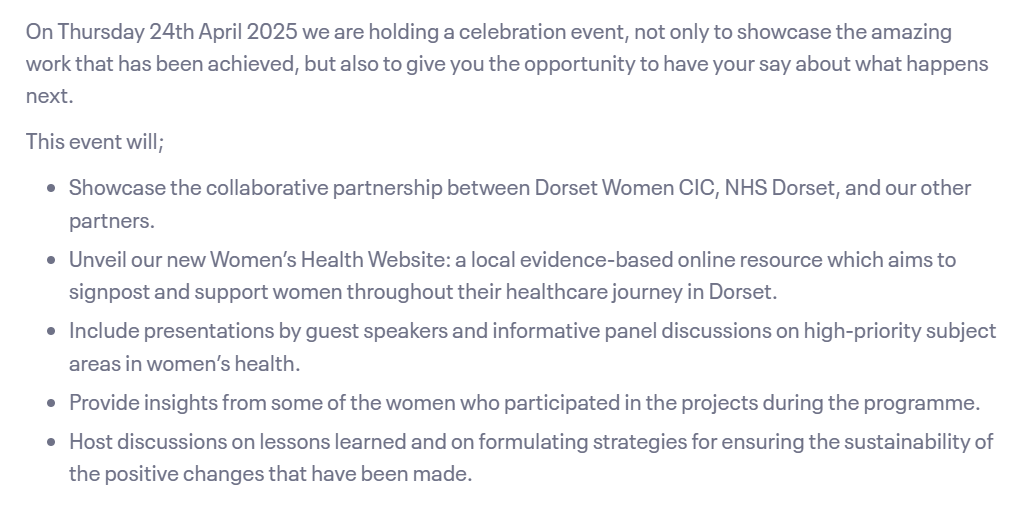 Prof. Vanora Hundley and Carol Clark from the Centre for Midwifery and Women’s Health and colleagues from the Centre for Wellbeing and Long-Term Health have been central to the development of the website. There is an opportunity to hear about how we have been involved on Thursday 24th April 2025, where Bournemouth University’s academics Linda Agyemang and Sarah Hillier will present.
Prof. Vanora Hundley and Carol Clark from the Centre for Midwifery and Women’s Health and colleagues from the Centre for Wellbeing and Long-Term Health have been central to the development of the website. There is an opportunity to hear about how we have been involved on Thursday 24th April 2025, where Bournemouth University’s academics Linda Agyemang and Sarah Hillier will present.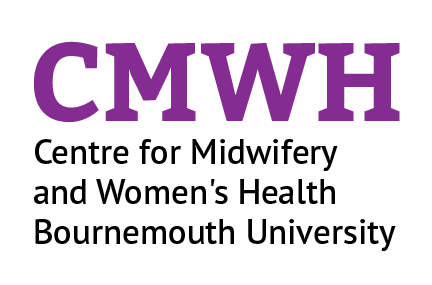
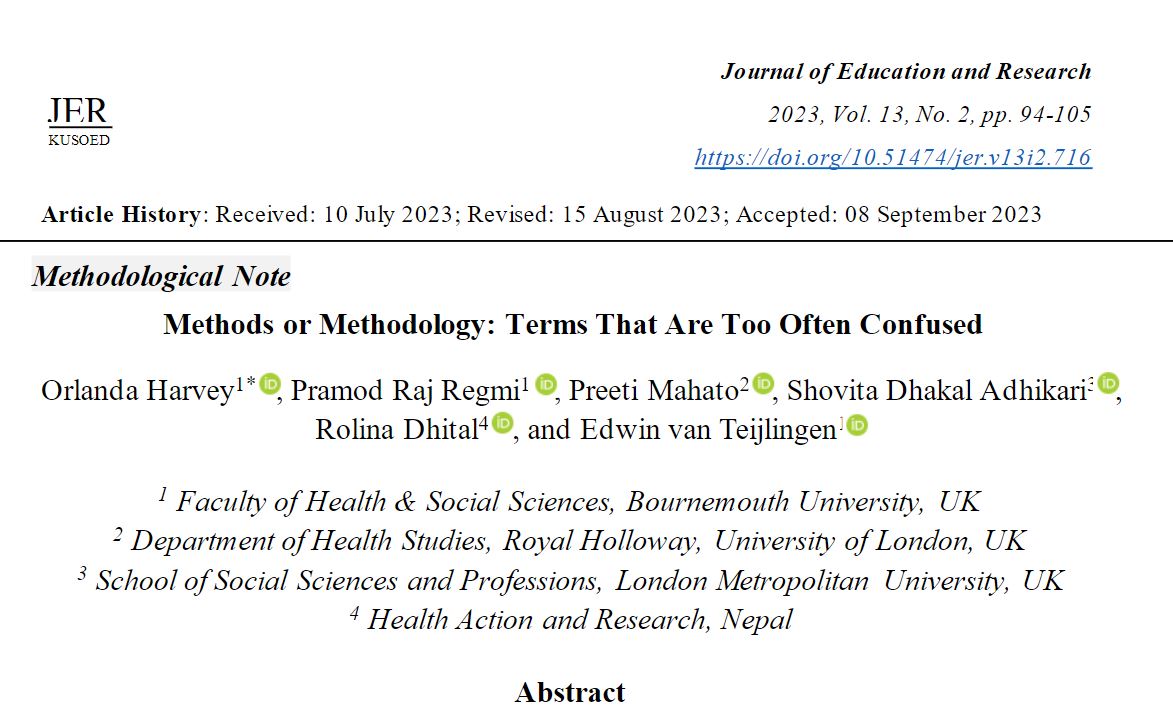

 It is exactly ten years since the BU Research Blog was launched at Bournemouth University!
It is exactly ten years since the BU Research Blog was launched at Bournemouth University!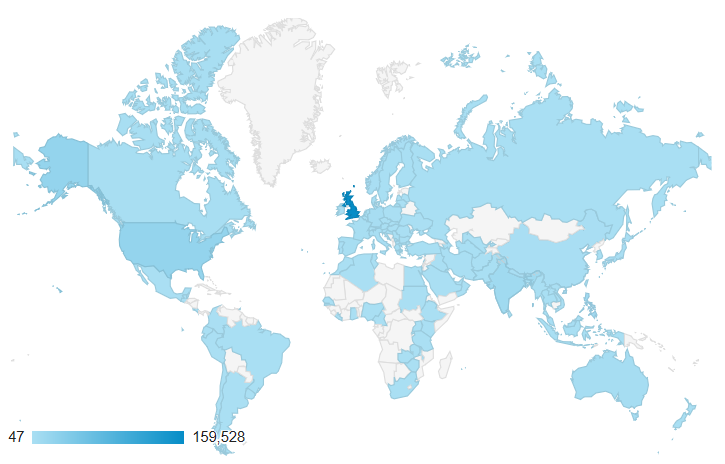

 KIPWORLD,
KIPWORLD, Find your own voice, even your own subject material. Use your blog to develop your writing and your personal style. Don’t just assume that it has to look and sound like a blog to be one. Include at least one picture with every blog article. Let people know about the blog through social media—don’t expect an audience to just find it on its own. Promote it.
Find your own voice, even your own subject material. Use your blog to develop your writing and your personal style. Don’t just assume that it has to look and sound like a blog to be one. Include at least one picture with every blog article. Let people know about the blog through social media—don’t expect an audience to just find it on its own. Promote it. From time to time, Jones holds an hour-long taster session, “Academic Blog Writing”. If you are interested in joining an upcoming session, please
From time to time, Jones holds an hour-long taster session, “Academic Blog Writing”. If you are interested in joining an upcoming session, please  Quick tip if you’re adding posts to the research blog: when adding an image within your post, remember to also click on ‘set featured image’ (bottom right-hand menu below ‘tags’) and select the image again. This will show the image on the home page of the blog for your post summary (which may entice more people in to read it).
Quick tip if you’re adding posts to the research blog: when adding an image within your post, remember to also click on ‘set featured image’ (bottom right-hand menu below ‘tags’) and select the image again. This will show the image on the home page of the blog for your post summary (which may entice more people in to read it).
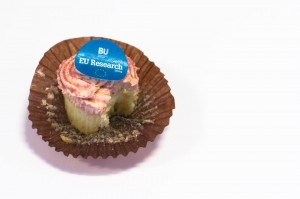 53% of sessions are started when someone find the Blog via Google and 15% are started via the Daily Digest email.
53% of sessions are started when someone find the Blog via Google and 15% are started via the Daily Digest email.
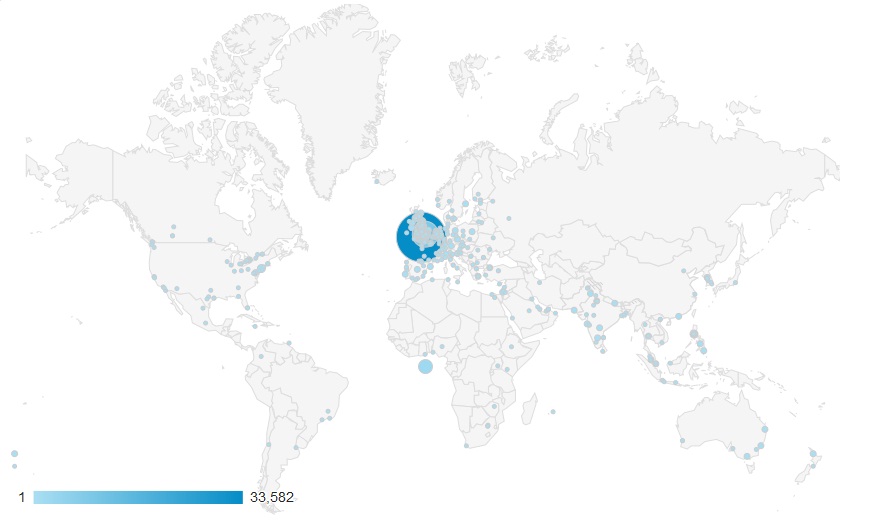




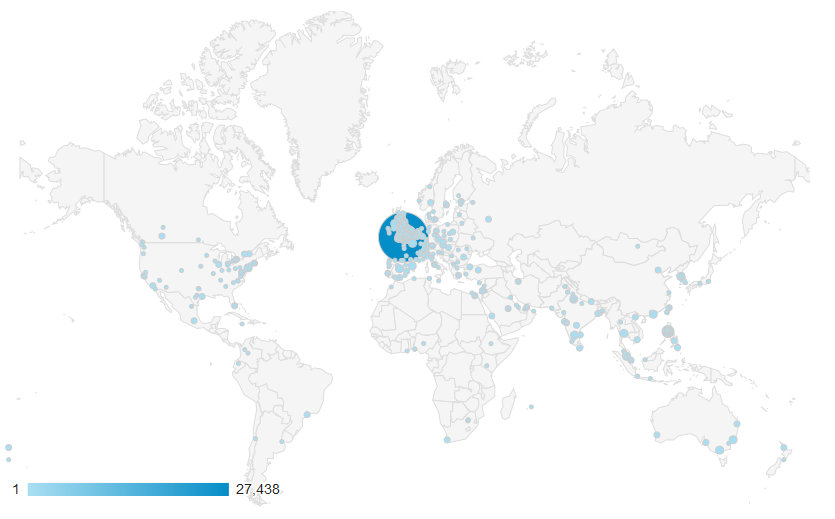


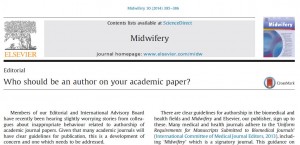
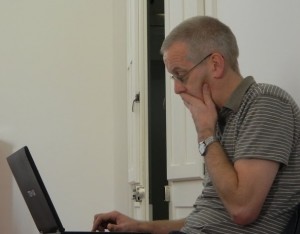
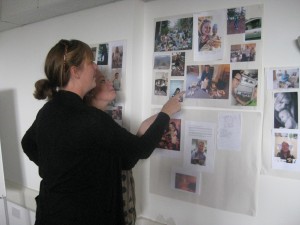
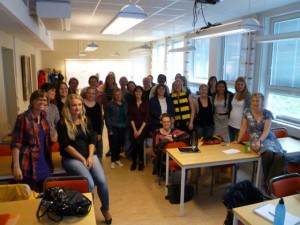












 New Nepal scoping review on maternal & neonatal health
New Nepal scoping review on maternal & neonatal health Fourth INRC Symposium: From Clinical Applications to Neuro-Inspired Computation
Fourth INRC Symposium: From Clinical Applications to Neuro-Inspired Computation Writing policy briefs
Writing policy briefs Upholding Excellence: The Concordat to Support Research Integrity
Upholding Excellence: The Concordat to Support Research Integrity ECR Funding Open Call: Research Culture & Community Grant – Application Deadline Friday 12 December
ECR Funding Open Call: Research Culture & Community Grant – Application Deadline Friday 12 December MSCA Postdoctoral Fellowships 2025 Call
MSCA Postdoctoral Fellowships 2025 Call ERC Advanced Grant 2025 Webinar
ERC Advanced Grant 2025 Webinar Horizon Europe Work Programme 2025 Published
Horizon Europe Work Programme 2025 Published Horizon Europe 2025 Work Programme pre-Published
Horizon Europe 2025 Work Programme pre-Published Update on UKRO services
Update on UKRO services European research project exploring use of ‘virtual twins’ to better manage metabolic associated fatty liver disease
European research project exploring use of ‘virtual twins’ to better manage metabolic associated fatty liver disease